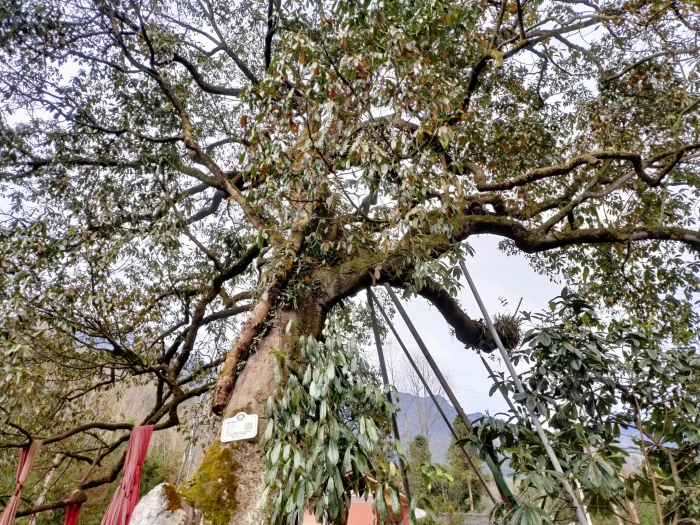Martini Magnolia
(Magnolia martini)
Martini Magnolia (Magnolia martini)
/
/

© zhangshen
CC BY 4.0
Image By:
© zhangshen
Recorded By:
Copyright:
CC BY 4.0
Copyright Notice:
Photo by: © zhangshen | License Type: CC BY 4.0 | License URL: http://creativecommons.org/licenses/by/4.0/ | Uploader: zhangshen | Publisher: iNaturalist |




Estimated Native Range
Climate Requirements
| • Precipitation | 17" - 76" |
| • High Temp. | 71°F - 91°F |
| • Low Temp. | 13°F - 47°F |
Summary
Magnolia martini, commonly known as Martini Magnolia, is a deciduous tree native to the temperate forests of Southeast Asia, particularly at altitudes of 300-800 meters. It exhibits a moderate growth rate and matures to a height of 30-60 feet (9-18 meters) with a spread of 20-30 feet (6-9 meters). The Martini Magnolia is notable for its large, fragrant flowers, which are typically pink or white and bloom in the spring, creating a visually striking display. The leaves are glossy and dark green, adding to the tree’s ornamental value.
This species is valued in cultivation for its beautiful spring flowers and can serve as a specimen tree in residential gardens or public parks. It is also used for its wood in furniture making. Martini Magnolia prefers full sun to part shade and thrives in medium or fast-draining soils, including clay, loam, or sandy types. It requires medium amounts of water and benefits from mulching to maintain soil moisture. While generally pest and disease-resistant, it can be susceptible to scale insects and leaf spot diseases. Gardeners should be aware that it may require space to accommodate its mature size and avoid planting it too close to structures.CC BY-SA 4.0
This species is valued in cultivation for its beautiful spring flowers and can serve as a specimen tree in residential gardens or public parks. It is also used for its wood in furniture making. Martini Magnolia prefers full sun to part shade and thrives in medium or fast-draining soils, including clay, loam, or sandy types. It requires medium amounts of water and benefits from mulching to maintain soil moisture. While generally pest and disease-resistant, it can be susceptible to scale insects and leaf spot diseases. Gardeners should be aware that it may require space to accommodate its mature size and avoid planting it too close to structures.CC BY-SA 4.0
Plant Description
- Plant Type: Tree
- Height: 30-60 feet
- Width: 20-30 feet
- Growth Rate: Moderate
- Flower Color: Pink, White
- Flowering Season: Spring
- Leaf Retention: Evergreen
Growth Requirements
- Sun: Full Sun, Part Shade
- Water: Medium
- Drainage: Medium, Fast
Common Uses
Bird Garden, Hummingbird Garden, Low Maintenance, Showy Flowers
Natural Habitat
Temperate forests of Southeast Asia at altitudes of 300-800 meters
Other Names
Common Names:
Scientific Names: Magnolia martini, Michelia bodinieri, Michelia longistamina, Michelia martini, Michelia martinii
GBIF Accepted Name: Magnolia martini